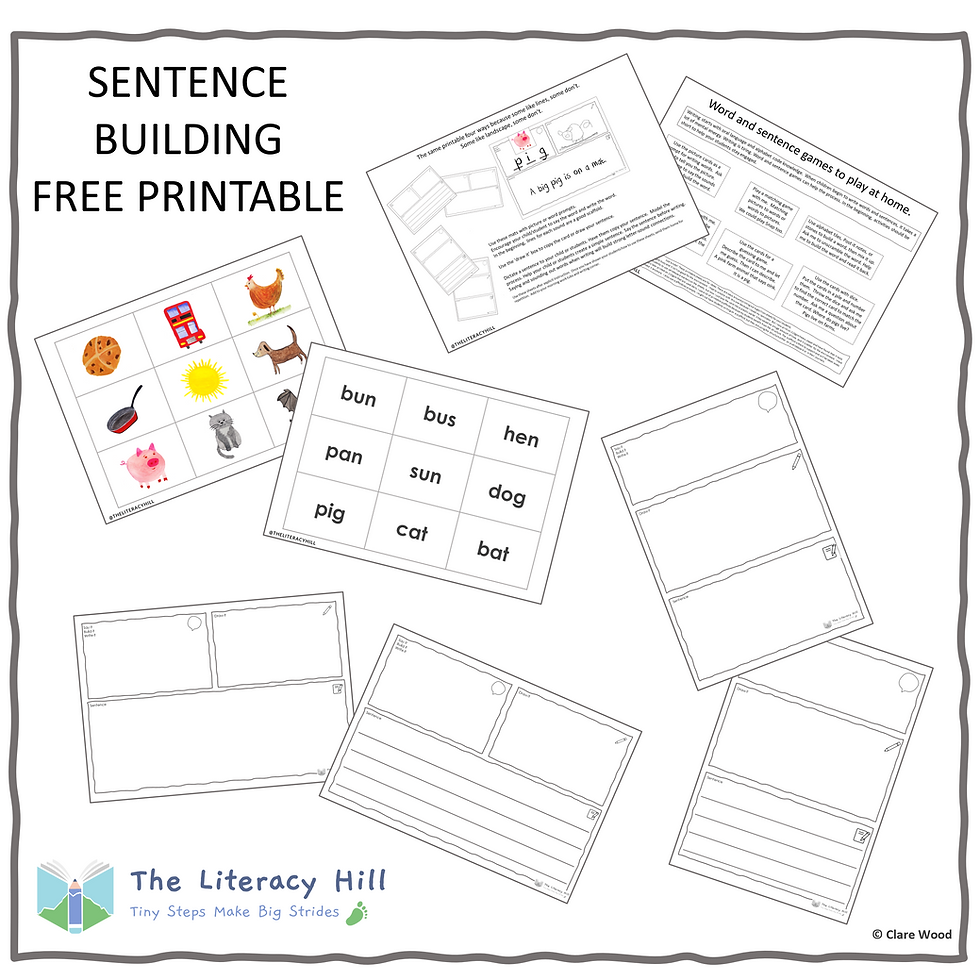10 WAYS WITH FLASHCARDS
- Developers Devzmelbourne

- Sep 5, 2022
- 4 min read
Flashcards have a bad reputation and are connected with all things boring and rote learning, but they don’t have to be. Flashcards are full of learning opportunities, quick, portable, fun, and easy to use. Here are 10 playful ways to use flashcards. Our flashcards come in various sizes and formats. We have a set of ABC cards to fit your needs. All our early literacy resources are decodable helping your child build words from the very beginning. We don’t have any aliens, giraffes and ice creams here! Flashcards that are fit for purpose and will provide you and your little one with hours of learning and fun.
TRADITIONAL GAMES Snap, Face Up, Matching Pairs, Go Fish or I Spy etc are glorious games to turn into a learning activity. Matching pictures, letters, words and rhyming words/pictures are fun ways to encourage language play.
Play with pictures first, naming each object and moving on to letter cards and words later on.
Check out our decodable A-Z flashcards here. The pack contains 3 sizes of pictures, letters and words just right for on the go activities or stay at home fun.

MATCHING Matching games are super fun and useful for informal assessment too. Matching combinations of pictures, letter sounds and words will develop the sound to symbol correspondence needed for fluent reading.
RHYMING All fluent readers can segment, blend and manipulate sounds to read unknown words. Playing with rhyme is a great way to get children listening to words and using their skills of segmenting and blending. Children can often have difficulty remembering the end sound and playing with rhyme will help to train little ears. Grouping cards by rhyme is a fun game. You could also put the words into a silly sentence. Rhyming is not the end skill. Manipulation of sound is. So if you have a child who struggles with rhyme, they are probably struggling to manipulate sound. Read this post to get some ideas
WORD BUILDING Pictures flashcards are a great resource to inspire word building. Word building is one of my favourite activities. Building words adds context to learning and this aids engagement. Building words is a marvellous opportunity for hearing and manipulating sounds and pulling words apart. The skills of segmenting and blending are crucial, and these can often take time to develop. Work with your child to build words carefully segmenting each sound and matching these to the letter symbol. Your child will need help, in the beginning, to pull each word apart and blend the sounds back together to form unknown words. This activity will have an enormous impact on their ability to decode words independently later on.
SCRAMBLED SOUNDS Mixing up the letters of a decodable word is a brilliant way to get your child to say the word, segment it and blend the sounds back together. Saying the sounds and moving the letters is a great way to build the sound to symbol correspondence. Multisensory learning is the best way in the beginning. Extend this activity and have your child or student write the words just made.
LANGUAGE PLAY

Playing with sounds, letters and words will train little ears to hear and distinguish between sounds. Play odd sound out to develop the listening skills required for manipulating and identifying sounds.
GO ON A HUNT

In the beginning, playful exposure is always the best way. Having fun with sounds, letters and words breeds engagement. Active multisensory learning helps us all retain more new information. A scavenger hunt around your home — hiding pictures, letters and/or words in salt, sand or lentils etc is a fun way to talk about sounds. Saying the words or sounds as you hunt helps to develop sounds awareness.
DESCRIBE IT It might sound easy, but have you ever asked a little one to describe something as easy as the sun? Being able to describe an object, event, person etc is more difficult than you think. We often play the game, describe it, a fun speaking and listening game. Simple rules – grab a picture or word card and succinctly describe what is on it. Have your partner guess and they have a turn.
THE SUN You could say it is yellow, it is up high in the sky; it keeps us warm. Yes, I know it’s not really yellow, but we need to keep it in the mind’s eye of childhood experiences. Modelling this activity first will aid engagement.
SENSORY PLAY Using materials such as sand, salt or lentils to draw or write letters is a fun multisensory play idea for the early years and is good for fine motor skills too. Hide letters, pictures or words and say the sounds as you hunt them, blending them together to make the word.
OUT AND ABOUT Take cards out and about for fun games in cafes, on holiday, in waiting rooms, in the car, etc. Just attach to a ring for easy on the go activities. You could match, rhyme and play word and sound games. We often play the sentence game when out and about to pass the time. e.g. How could we add the word cat to a sentence? Can you add 3 pictures to one sentence? A brilliant way to encourage comprehension in a fun way.
Keep learning sessions, fun, short and meaningful If you liked this post, you might like these earlier posts about Engaging little ones in the reading process Playful games for beginner readers Listening games to encourage hearing sounds







Comments